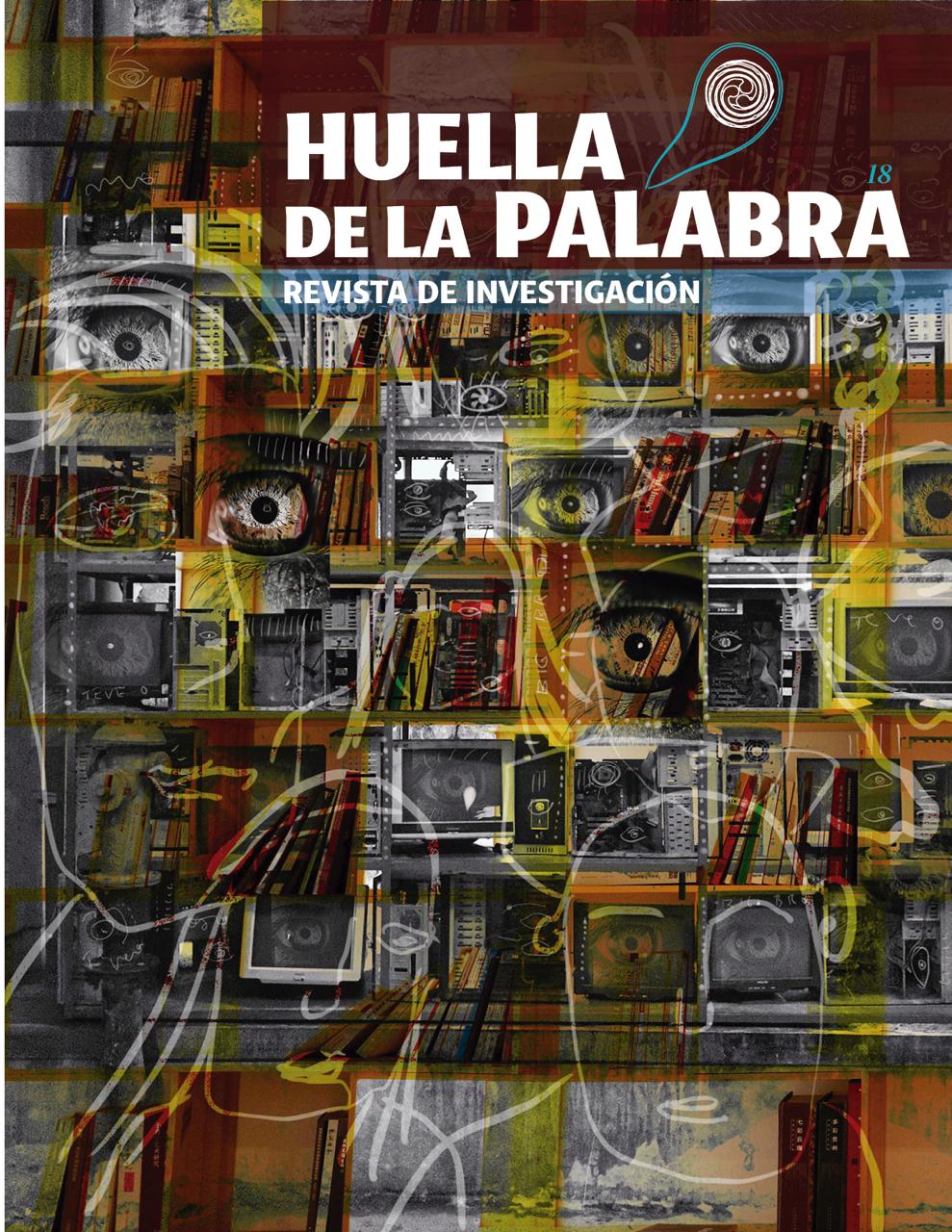Mexican rock, its relevance and its relationship with identity
DOI:
https://doi.org/10.37646/huella.v18i18.647Keywords:
Música, rock, Identidades juveniles, AlcanceAbstract
This article explores the relevance of Mexican rock and its connection to cultural identity through a survey of different generations. Findings reveal that while Mexican rock no longer holds its past dominant status, it remains significant, particularly in shaping collective and individual identities. Older generations regard it as a symbol of resistance and expression, whereas younger audiences see it as nostalgic or niche. Despite its reduced mainstream presence, Mexican rock continues to be a cultural space with latent identity-related impacts.
Downloads
References
Bermúdez, E., Crespo, E., Prieto, M., & Vílchez, A. (2005). Rock, consumo cultural e identidades juveniles: Un estudio sobre las bandas de rock en Maracaibo. Espacio Abierto, 14(1), 119–156. https://biblat.unam.mx/es/revista/espacio-abierto/articulo/rock-consumo-cultural-e-identidades-juveniles-un-estudio-sobre-las-bandas-de-rock-en-maracaibo
Bourdieu, P. (1977). Outline of a theory of practice. Cambridge University Press.
Bourdieu, P. (1984). Distinction: A social critique of the judgement of taste. Harvard University Press.
Bourdieu, P. (1992). The field of cultural production: Essays on art and literature. Columbia University Press.
Bourdieu, P. (1993). Sociology in question. SAGE Publications.
Carmona, A. V. (2019). La contracultura: El rock como protesta política. https://www.redalyc.org/journal/874/87459435009/html/
De Garay, A. G. (2017, 27 octubre). El rock como conformador de identidades juveniles. Universidad Central. https://nomadas.ucentral.edu.co/index.php/inicio/45-jovenes-cultura-y-sociedad-nomadas-4/697-el-rock-como-conformador-de-identidades-juveniles
De la Peza, M. (2014). El rock mexicano: Un espacio en disputa. UAM.
España, M. (2024, 26 junio). ¿Qué es el rock y cuál es su origen? Santander SMusic. https://www.santandersmusic.com/magazine/diccionario/que-es-el-rock
Fso. (2023, 29 agosto). El poder del Rock: Desde su origen hasta su influencia en la gran pantalla. Film Symphony Orchestra. https://filmsymphony.es/poder-del-rock-origen-influencia-cine/
Galván, H. U. (2013). Rock Impop: El rock mexicano en la radio Top 40. https://books.google.ca/books?id=H1Dy_LrCTPUC&lpg=PA175&dq=avandaro%20transmision%20radio%20juventud&pg=PA2#v=onepage&q&f=false
Gómez, A. (2017, septiembre 11). “Avándaro tenía aval de Televisa y el gobierno.” El Universal. https://www.eluniversal.com.mx/colaboracion/mochilazo-en-el-tiempo/nacion/sociedad/avandaro-tenia-aval-de-televisa-y-del-gobierno
González, R. (2018). 60 años de rock mexicano (vol. 1 y 2). Ediciones B.
González, R. (2022, marzo 4). Frente a la actual situación del rock en México, ¿desapareceremos? Nexos. https://musica.nexos.com.mx/2022/03/04/frente-a-la-actual-situacion-del-rock-en-mexico-desapareceremos/
Hall, S. (1999). Cultura e identidad. Fondo de Cultura Económica.
Lupiola, A. G. (2023). El rock como instrumento de protesta en el contexto económico internacional contemporáneo. Iztapalapa(En Línea)/Iztapalapa, 1(95), 169-200. https://doi.org/10.28928/ri/952023/aot3/garcialupiolaa
Milenio Digital. (2023, julio 28). Así fue como nació Rock en tu idioma, el legado de Óscar López. Grupo Milenio. https://www.milenio.com/espectaculos/famosos/rock-en-tu-idioma-la-historia-del-programa-creado-por-oscar-lopez
Monroy, P. (2023, agosto 8). Grandes discos mexicanos de los 90. Rolling Stone en Español. https://es.rollingstone.com/grandes-discos-mexicanos-de-los-90/
Monsiváis, C. (2001). Escenas de pudor y liviandad. Editorial Grijalbo.
Salas, J. S. (2017). El rock mexicano, la constante lucha por la vigencia: Propuesta de radio [Tesina, Universidad Nacional Autónoma de México]. https://ru.dgb.unam.mx/jspui/bitstream/20.500.14330/TES01000765157/3/0765157.pdf
Valtierra, J. A. (2021, marzo 25). La primera generación de rockeros mexicanos. Gaceta UDG. https://www.gaceta.udg.mx/la-primera-generacion-de-rockeros-mexicanos/
Zolov, E. (1999). Refried Elvis: The rise of the Mexican counterculture. University of California Press.
Published
How to Cite
Issue
Section
License
Copyright (c) 2025 ALISON SHARI ESPERILLA ANAYA

This work is licensed under a Creative Commons Attribution 4.0 International License.
Authors who publish with this journal agree to the following terms:
- Authors retain copyright and grant the journal right of first publication with the work simultaneously licensed under a Creative Commons Attribution License 4.0 that allows others to share the work with an acknowledgement of the work's authorship and initial publication in this journal.
- Authors are able to enter into separate, additional contractual arrangements for the non-exclusive distribution of the journal's published version of the work (e.g., post it to an institutional repository or publish it in a book), with an acknowledgement of its initial publication in this journal.
- Authors are permitted and encouraged to post their work online (e.g., in institutional repositories or on their website) prior to and during the submission process, as it can lead to productive exchanges, as well as earlier and greater citation of published work.









